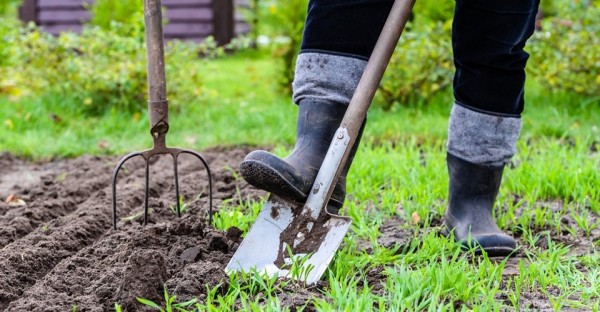SPRING YARD WORK SAFETY
August 31, 2018 at 2:00 PM

With longer days and warmer weather just around the corner, many of us are thinking about spending more time working outdoors on our gardens and lawns. Before you grab the edge-trimmer or load up the wheelbarrow, take a moment to ensure you’re following some best practices for safe yard work.
Here are some helpful tips to remind homeowners that now is the time to make sure your equipment is ready to go:
- Inspect and clean equipment. Check for loose belts and missing or damaged parts. Replace any parts needed or take equipment to a qualified service representative. Remove dirt, oil, or grass stuck to the equipment.
- Drain old fuel. Fuel should not sit in your equipment’s tank for more than 30 days. Untreated gasoline (without a fuel stabilizer) left in the system will deteriorate, which may cause starting or running problems and even damage to the fuel system. “Old” fuel should be drained and removed, and then newly-purchased fuel should be added.
- Label fuel cans with the date of purchase and ethanol content of the fuel. Never put “old” gas in outdoor power equipment.
It’s easy to become so focused on our outside chores that we neglect to put our own safety first. The CDC recommends that gardeners:
- Wear safety goggles, sturdy shoes, and long pants to prevent injury when using power tools and equipment.
- Protect your hearing when using machinery.
- Wear gloves to lower the risk for skin irritations, cuts, and certain contaminants.
- Protect yourself from diseases caused by mosquitoes and other flying insects. Wear long-sleeved shirts, and pants tucked in your socks. Use insect repellent containing DEET.
- Wear wide-brimmed hats, sun shades, and sunscreen with sun protective factor (SPF) 15 or higher.
Emergency Care for Bites and Stings
Working in the garden can sometimes lead to painful bites and stings. These can occur from a wide variety of insects, spiders and animals. Most are not serious and cause only minor swelling, redness, pain and itching. In general:
- Care for bites and stings by washing the site with soap and water
- As a precaution, always remove jewellery from the affected area
- Apply an antibiotic ointment and cover the area with an adhesive bandage or a pad
- Apply an ice bag to reduce swelling and pain
Venomous bites and stings inject venom, or poison, into the body. In the case of bee stings, it is possible for a life-threatening allergic reaction to arise. Monitor the person for at least 30 minutes to see if their condition worsens.
If you suspect a severe reaction is occurring, activate Emergency Medical Services by ringing 111 without delay. If the person carries a prescribed epinephrine auto-injector, assist the person with using it.
Start your training in the Use and Administration of Epinephrine Auto-Injectors today by clicking the link below.



